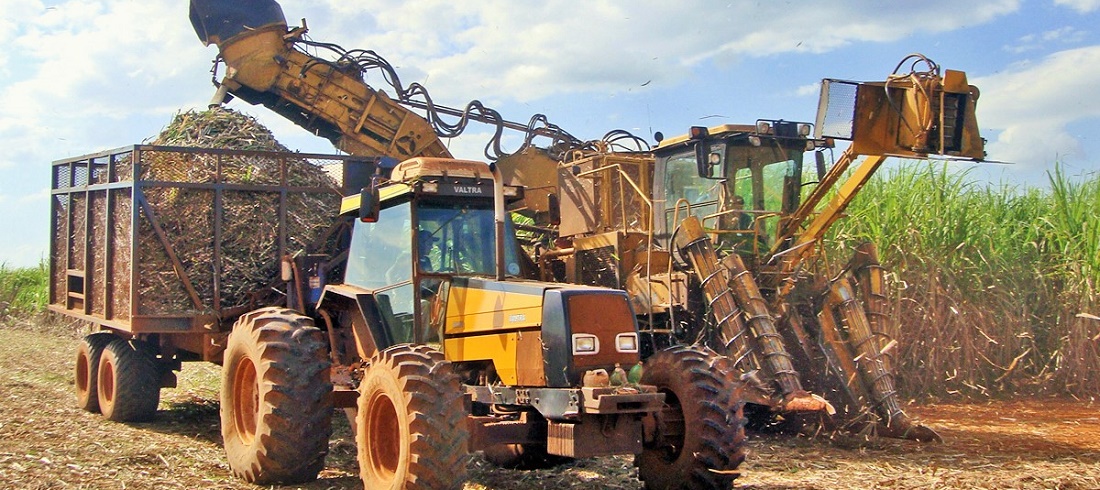
Sugarcane crushing to drop nearly 10% after record harvest
Mar, 08, 2024 Posted by Gabriel MalheirosWeek 202410
The anticipated decrease in rainfall in March and April, along with the onset of La Niña in the second half of the year, is expected to lead to a 64 million tonnes reduction—or 9.8%—in sugarcane crushing in the Center-South in the next 2024/25 harvest, resulting in 592 million tonnes. The current cycle, ending this month, is poised to achieve a record output of 656 million tonnes of cane, as announced by consultancy Datagro at a harvest kickoff event in Ribeirão Preto, in the state of São Paulo.
“This ending harvest is one for the books. The March and April 2023 rains brought record production, and the dry spell at the end enabled full cane processing. Favorable rainfall, absence of frosts, a low fire incidence, controlled borer infestation, and high technology use by producers contributed,” stated Plínio Nastari, Datagro’s president, at the event.
Mr. Nastari noted that the 2023/24 harvest offered lucrative sugar prices, though ethanol prices remained pressured by low consumption, which started to rebound in August.
Datagro anticipates sugar exports to far exceed the historical average, reaching 32.85 million tonnes, with a carryover stock of 3.28 million. The higher profitability of sugar prices suggests a more sugar-focused upcoming harvest.
Sugar production is estimated to drop to 40.5 million tonnes in the new cycle starting in April, down from 42.5 million tonnes in the last harvest. Ethanol production is forecasted to decrease from 33.52 billion liters to 30.4 billion liters.
A 27% reduction in rainfall over the next three months below the historical average, crucial for sugarcane development, along with decreased precipitation and potential frosts due to La Niña, account for the projected crushing decline in the new cycle.
These factors are expected to lower productivity per hectare from 88.3 tonnes to 78.8 tonnes in the Center-South amidst a mere 1% growth in the production area due to limited cane field renewal.
Luciano Rodrigues, director of sectoral intelligence at the Brazilian Sugarcane Industry Association (UNICA), acknowledged the surprises of the concluding harvest, notably its production. “The most optimistic forecast in February 2023 was 600 million tonnes, and now we’re surpassing 650 million, setting a historic record with more than a 19% increase in productivity,” he mentioned.
He also highlighted the price disparity between ethanol and sugar companies, noting a 22% increase in sugar prices versus a corresponding decrease in ethanol prices, leading to an average revenue increase of 4% over the previous cycle.
For the UNICA director, ethanol’s competitiveness was undermined by mid-2022 tax changes lasting 12 months, causing consumers to switch to gasoline. Moreover, he emphasized that today’s ethanol producers face challenges beyond harvest predictions, including understanding grain and oil markets, keeping abreast of technological innovations, the CBio market (decarbonization credits), new regulations, and the complexities of SAF (aviation biokerosene), ship fuel, and competition with other renewables.
-
Ports and Terminals
Aug, 08, 2019
0
ICTSI maintains “high expectations” about its operation at T1Rio terminal
-
Grains
Jul, 29, 2022
0
Brazil clear to export soybean meal to China, government confirms
-
Oil and Gas
Aug, 22, 2023
0
Argentine gas exports fall in July
-
Shipping
Apr, 17, 2024
0
Baltimore’s alternate shipping channels not deep enough, Maersk says


